beneficial insects/plants
treenutt
13 years ago
Related Stories
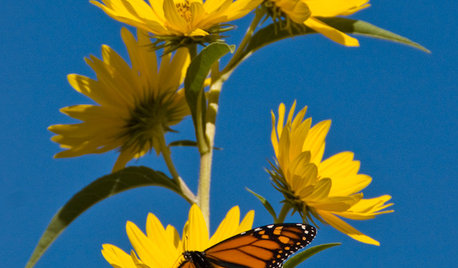
GARDENING GUIDESGreat Design Plant: Helianthus Maximiliani Attracts Beneficial Insects
Maximilian sunflower’s striking yellow flowers light up the fall landscape and attract pollinators and beneficial insects at a crucial time
Full Story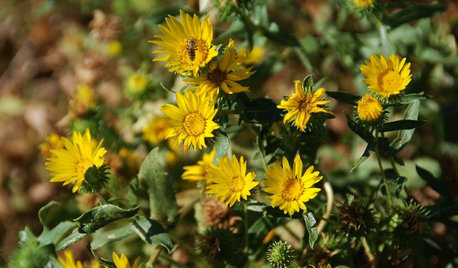
GARDENING GUIDESGreat Design Plant: California Grindelia Species for Beneficial Insects
Use gum plants as reliable summer bloomers and to provide habitat for California native bees, butterflies and other beneficial insects
Full Story0
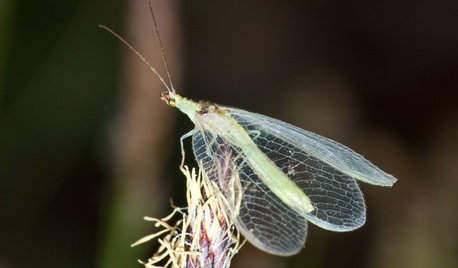
GARDENING GUIDESLook Out for Lacewings: Beneficial Insects Coming to a Garden Near You
Lacewings are delicate insects that produce alligator-like, hungry offspring that devour aphids and other garden pests
Full Story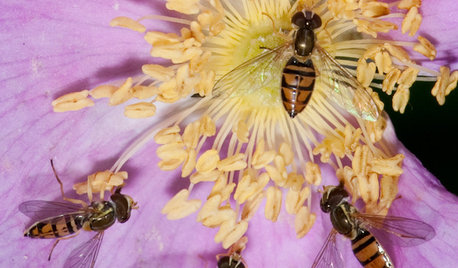
GARDENING GUIDESThis Fly Is One of the Most Beneficial Insects Around
Meet the syrphid fly, a colorful pollinator that also beats chemicals for controlling aphids and other garden pests
Full Story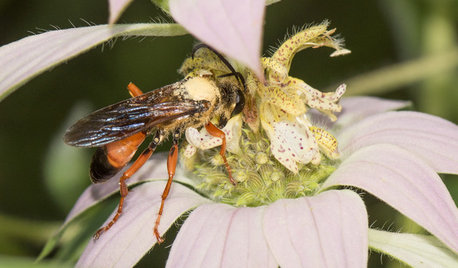
GARDENING GUIDESGreat Golden Digger Wasp: A Beneficial Flower-Visiting Insect
Introducing the great golden digger wasp, a colorful pollinator that also hunts foliage-eating insects
Full Story
EARTH DAYHow to Help Your Town’s Beneficial Birds and Bugs
Make a habitat using local materials to provide a home to the creatures that help our gardens
Full Story
GARDENING GUIDESOrganic Matters: Thwart Insect Pests With Trap Crops
Add a few sacrificial plants to your garden to lure insects away from the harvest
Full Story
NATIVE PLANTSPlant These Fall-Flowering Natives in Early Summer for Pollinator Love
These 3 groups of plants will support masses of beneficial insects come autumn
Full Story
GARDENING GUIDESInvite Mining Bees to Your Garden by Planting Their Favorite Plants
Look for mining bees (Andrena) pollinating woodland wildflowers in U.S. gardens this spring
Full Story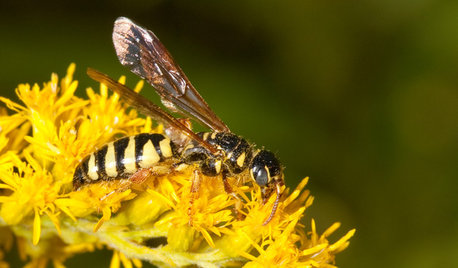
GARDENING GUIDESAttract Thynnid Wasps With Summer-Flowering Native Plants
These beneficial insects will hunt damaging beetle grubs in your lawn
Full StoryMore Discussions








Kimmsr
feijoas
Related Professionals
Ashland Landscape Architects & Landscape Designers · Maple Valley Landscape Contractors · Coram Landscape Contractors · Downey Landscape Contractors · East Chicago Landscape Contractors · Natick Landscape Contractors · Parker Landscape Contractors · Soddy Daisy Landscape Contractors · St. Louis Landscape Contractors · Fort Myers Decks, Patios & Outdoor Enclosures · Frederick Decks, Patios & Outdoor Enclosures · La Palma Decks, Patios & Outdoor Enclosures · Lancaster Decks, Patios & Outdoor Enclosures · Wentzville Decks, Patios & Outdoor Enclosures · Westfield Decks, Patios & Outdoor Enclosuresjolj
dchall_san_antonio
sashahawaii
dicot
tsugajunkie z5 SE WI ♱
ocelaris
bi11me
terrene
Kimmsr
peter_6
lazy_gardens